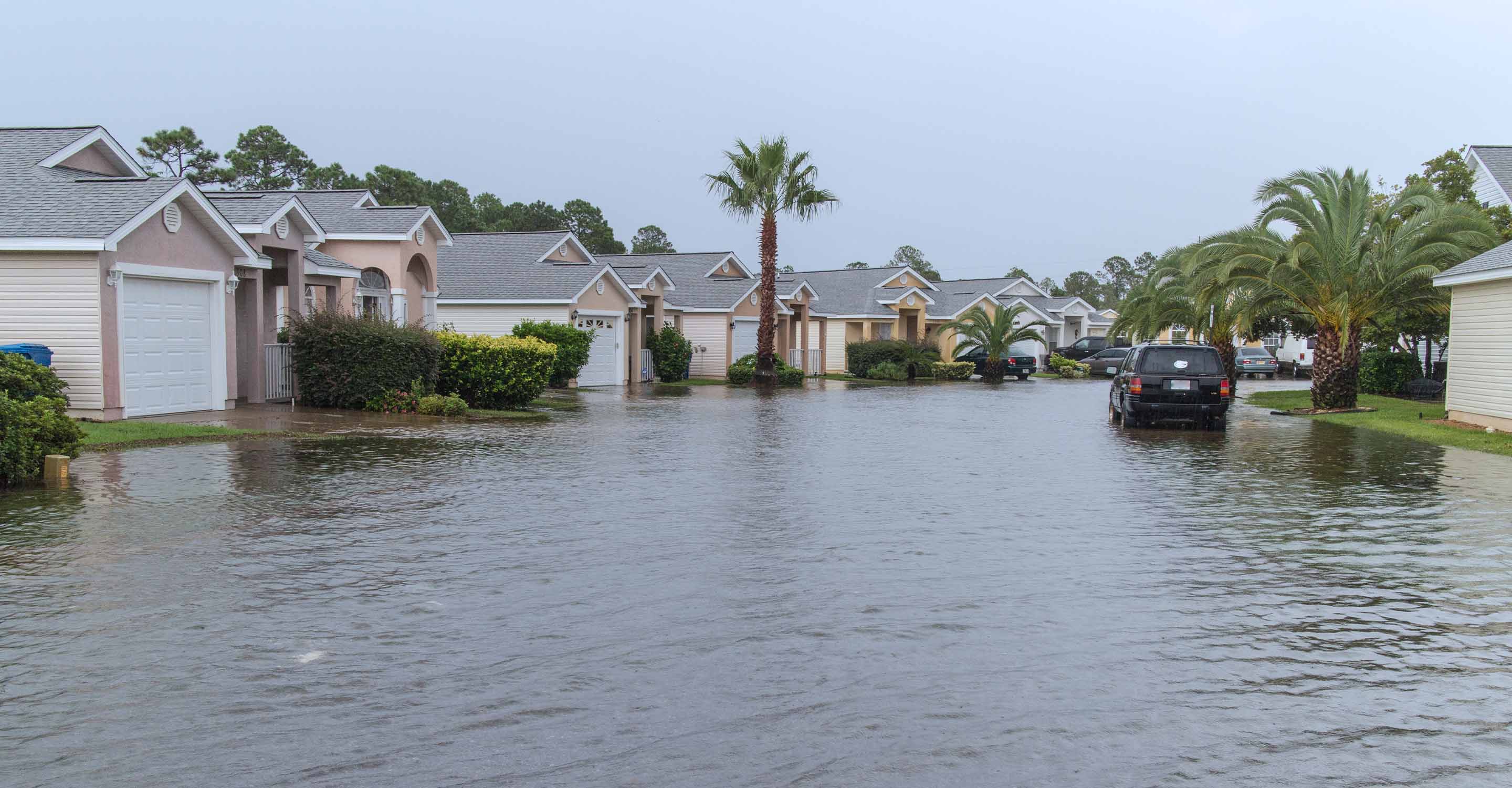Austin air quality map
Live air pollution map of Austin
20K people follow this city
Full screen
Contributors
38
Stations
40
Contributors category
1
Government
0
Non-profit organization
0
Educational
0
Corporate
0
Individual
37
Anonymous
Most polluted air quality stations
| # | station | US AQI |
|---|---|---|
| 1 | Austin Webberville Rd | 54 |
| 2 | Austin North Interstate 35 | 53 |
| 3 | Austin Northwest C3 | 44 |
| 4 | Convict Hill Road | 41 |
| 5 | West Oak Hill 2 | 36 |
| 6 | University of Texas - Nursing School | 34 |
| 7 | Southeast Austin 2 | 33 |
| 8 | 1709 East 38th 1/2 Street | 32 |
| 9 | 7103 E Riverside Dr | 32 |
| 10 | Mueller AISD Marshall MS | 32 |
Health Recommendations
| Enjoy outdoor activities | |
| Open your windows to bring clean, fresh air indoors GET A MONITOR |
community highlight
Austin most followed contributors
Become a contributor
Get an AirVisual Outdoor and contribute to collecting millions of data points for the Austin map to track local air pollution
Understand air pollution and protect yourself
Austin MAP AIR QUALITY ANALYSIS AND STATISTICS
Can you find air quality maps for Austin?
Air quality maps and air pollution maps are now available for reference in Austin, with many different stations all recording the air pollution levels across many different parts of the city. These all feed the pollution level data into the air quality maps that you can find on this page and throughout the IQAir website, and because of the high amount of such stations, along with the concise data that is constantly being fed into the air quality maps with hourly updates, air pollution maps are in use throughout Austin and can be referred to by many different groups of people to reduce the damaging effects of pollution exposure. Furthermore, consistently checking the air pollution levels via the air quality maps for Austin can give a great insight into which parts of the city are the most polluted, and at which time of the day, as well as throughout the entire course of the year. Further information regarding the uses of air quality maps and how to get the most out of them will be explained further in the article.
What pollutants do air quality maps indicate to be present in Austin?
As the air quality map pages show a constant feed of US AQI readings over different parts of the city, one can get a generalized overview of the pollutants that they are facing in more polluted areas as shown on the air quality maps. US AQI is formed from a calculation of main pollutants such as ozone, carbon monoxide, nitrogen and sulfur dioxide, along with the two forms of particle pollution, the larger of coarser PM10, along with the smaller and far more dangerous PM2.5, which can contain many dangerous materials within these sub-brackets, as any material that is 2.5 micrometers or less in diameter can be classified as PM2.5. Finely ground silica, black carbon or soot, metals, water and oil droplets, and even bacteria and mold spores can fall into this bracket. As such, whilst the air quality maps in Austin do not show exact concentration levels (which are available on the city pages), a high level of US AQI readings generally indicates that there will be more of an abundance of these pollutants, in varying degrees depending on what is causing pollution spikes to take place.
Do air quality maps in Austin help reduce pollution exposure?
Air quality maps can be extremely useful in helping citizens of Austin throughout the entire course of the year, as with constantly updated US AQI readings coming in, more informed decisions about where to exercise or partake in outdoor activities, along with which are the best routes to commute by as well as even where the best living locations are in Austin can all be ascertained by referring the air quality maps and air pollution maps, which, as mentioned, have constant streams of new data coming in to help keep you and your family safe from excessive pollution exposure.
What are some of the health effects that can be prevented in Austin by air pollution maps?
Air pollution maps in Austin can help to drastically reduce any health conditions that are both caused or may be aggravated by exposure to higher quantities of smoke, haze and other hazardous clouds of fine particulate matter, all of which will show up in the form of higher US AQI readings on the air quality map for Austin. In regards to health conditions, some can be caused by direct exposure to chemical compounds in the air, as well as particle-based pollution, whilst in the case of aggravation, people with potential pre-existing conditions (some of which may be life-long ones that they suffer from, with asthma being a prime example) will have these health issues made significantly worse. The US AQI readings present throughout the whole of Austin as shown on the air quality maps can show you exactly where the spikes in pollution are occurring as this is the main benefit that air quality map pages have over regular city pages. Whilst this has been touched on briefly in the rest of the article, it is important to reiterate that when air quality maps are referred to, they have a distinct advantage of not just showing the air quality average reading, in the form of US AQI as well as PM2.5 concentrations. City pages will help you to get a clearer picture of when a city has an elevated average, in regards to the US AQI reading, but air quality map pages will show you exactly where the air pollution occurs, along with numerous other benefits that can help to reduce health conditions amongst the citizens in Austin.
Looking at some of the health issues that air pollution maps and air quality maps can help to both prevent or reduce, they include ones that mainly affect both the cardiac and pulmonary systems, both of which are much more severely damaged by continuously breathing higher quantities of polluted air. This is most salient during spikes of pollution, which can occur at many different periods over the year. Pulmonary conditions are more well known as primary illnesses caused by air pollution exposure, with dry coughs, irritation to the upper and lower respiratory tract (which in some cases can lead to infections of the throat as well as the chest, which can hold grave consequences for those in poor health or even the elderly), along with aggravating the exposed mucous membranes, which includes the mouth, eyes and ears. When the pollution readings are high on the air quality maps in Austin, there will be a tendency for the general population to start experiencing a higher rate of these adverse effects, with hospital admissions going up significantly, along with other issues that can affect society as a whole such as premature deaths being directly related to high pollution levels, along with babies being born prematurely or with low birth weight, along with a higher potential for miscarriage. As the air quality maps in Austin can show you exactly where the pollution is occurring and when, they are of great help in keeping individuals safe, and can be an indicator of what actions may need to be taken if one is in an area that shows dangerous levels of air pollution.
Of note is that even for cities that have much cleaner levels of air quality, or times of the day or indeed the year when the air quality shows improvement in Austin, it is important to remember that sudden elevations can occur due to a myriad of reasons (also discussed in the article). By referring to the air quality maps in Austin consistently, one can therefore help lessen the more severe side effects that constant air pollution brings, and in some cases when appropriate action is taken, cause health problems to disappear entirely (this may occur when the air quality map is consulted and areas that show consistently lower levels of air pollution become places that one can move to, thereby avoiding some of the more severe consequences brought about by living in parts of Austin that have higher US AQI readings on the air pollution maps throughout the whole year.
Austin air quality data attribution
38Contributors
Government Contributor
 37 Anonymous contributors
37 Anonymous contributors37 stations
37 Anonymous Contributors
3 Data sources
Where is the cleanest air quality in Austin?
- Austin Webberville Rd 54
- Austin North Interstate 35 53
- Austin Northwest C3 44
- Convict Hill Road 41
- West Oak Hill 2 36
- University of Texas - Nursing School 34
- Southeast Austin 2 33
- 1709 East 38th 1/2 Street 32
- 7103 E Riverside Dr 32
- Mueller AISD Marshall MS 32
- Sutton Hall 32
- 10733 Maelin Dr 31
- Azie Morton Road 31
- Callbram Lane 31
- Southeast Austin 31
- Circle C WF Park 30
- North Burnet 30
- University of Texas - Memorial Stadium 30
- Circle C Ranch 29
- Salina Street 29
- University of Texas - Moore-Hill Dormitory 29
- Holly Power Plant 28
- San Jacinto Boulevard 28
- University of Texas - East Mall 28
- Barton Creek Bluffs 27
- Anita Drive 26
- Celery Loop 26
- Facing Starbucks 26
- Lostridge Drive 25
- Bismark Drive 23
- Lost Creek 22
- University of Texas - E. P. Schoch Building 21
- University of Texas - Memorial Garden 21
- Willow St 21
- Texas Tennis Center 20
- North Loop 18
- University of Texas - Disch-Falk Field 18
- Avery Ranch Parkside 17
- Harper's Park 16
- Allison Elementary School 14







